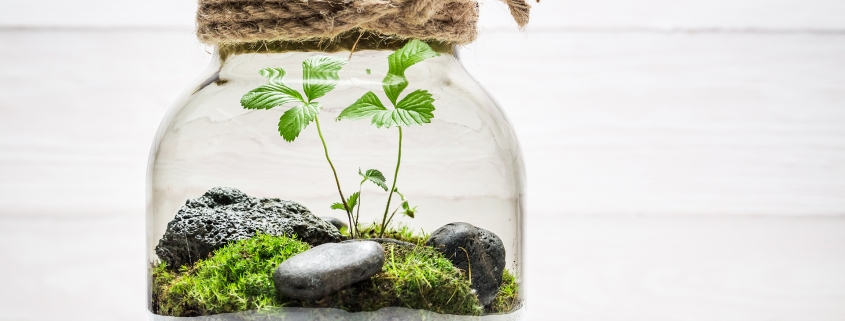3 Ways to Build Sustainability into Your Innovation Pipeline
We see it everywhere: images of aquatic animals eating plastic bags, starving polar bears floating on a thin slab of ice, orphaned wildlife alone and lost in a decimated forest. No matter where we look, we are faced with the glaring negative effects of human activity on our planet. It’s natural for many of us to feel shame and even rage at these horrible images, but how much are we really willing to change our ways to help solve these problems?
Apparently, consumers are willing to change a lot. A recent study done by Nielsen shows that “73% of global consumers say they would definitely or probably change their consumption habits to reduce their impact on the environment.” And while millennials take the lead, with 85% expecting companies to implement environmental programs, other generations aren’t far behind. This proves that sustainability is not niche or just a trend—it’s a global concern that’s important to all.
What does all of this mean for business? If companies want to remain competitive moving forward, they will have to integrate sustainability into various aspects of their organization—including their innovation strategies.
With that in mind, here are three impactful ways to fold sustainability into your innovation pipeline.
1. Understand the scope of sustainability and how it affects consumers.
Before innovating sustainably, it’s important to first understand the realm of possibilities in this space. When most people think of sustainability, they typically think of recycling, reusable water bottles, riding bikes and other small community-centered initiatives. And, to be sure, those are all great—but sustainability is so much more than that. For example, the United Nations came up with a list of 17 Sustainable Development Goals that approach sustainability as a set of interconnected issues across a range of broader topics—like poverty and hunger, inequalities in economic growth, peace and justice and more.
So try growing your firm’s expertise by exploring these different areas of sustainable development. Do some research, watch TED Talks and read books, bring in experts, attend sustainable innovation conferences or go out into your local community to broaden your perspective and deepen your understanding of diverse topics and related social issues.
2. Use your surroundings to inspire radical innovation.
The easiest place to start is in your immediate environment: the office. Prioritize sustainable practices throughout your organization—recycling correctly, switching to renewable energy, forgoing printing for digital copies, composting used coffee grounds, etc. Simple measures like these will keep sustainability at the forefront of everyone’s minds. Next, reach beyond the office by finding inspiration in unconventional practices that stretch your thinking. For example, look at things like biomimicry—a process of designing systems and materials modeled after biological processes that have been optimized by natural selection.
3. Look at the full lifecycle of an initiative.
Ample opportunities for sustainability stretch throughout a product’s lifecycle. What materials are you using, and are they sourced ethically? Does the process harm biodiversity or contribute to ecological degradation? Think about transportation and its carbon footprint—how can you reduce your impact there? What happens after the product is used? Does it end up in the landfill, or can its lifecycle be extended? Consider using ecofriendly packaging materials and designing the structure to make it more compact and easier to transport. Also, think about how you can integrate closed-loop systems into your initiatives to maximize energy and resources, even making it a cross-industry or multi-organization collaboration.
Are you interested in taking the next step towards building sustainability into your new product pipeline? Contact Cherri Prince to learn more about how Seed can help you successfully tackle sustainable innovation.
Looking for additional inspiration? Check out our article about 5 biodiverse ingredients to consider for your next innovation.
Written by Gabriela Palma. Gabriela worked as a Strategy Summer Associate at Seed Strategy and is currently majoring in Economic Consulting, Public Policy and Sustainable Business at Indiana University’s Kelley School of Business. She is passionate about using sustainability to improve businesses, communities and the world.
Edited by Adam Siegel. In addition to being the Editor of The Accelerator, Adam is VP, Creative at Seed Strategy where he draws upon his diverse experience in advertising, research and innovation to craft breakthrough creative and winning concept copy.
Connect with us! Follow Seed Strategy on our LinkedIn, Twitter, Facebook and Instagram pages.






